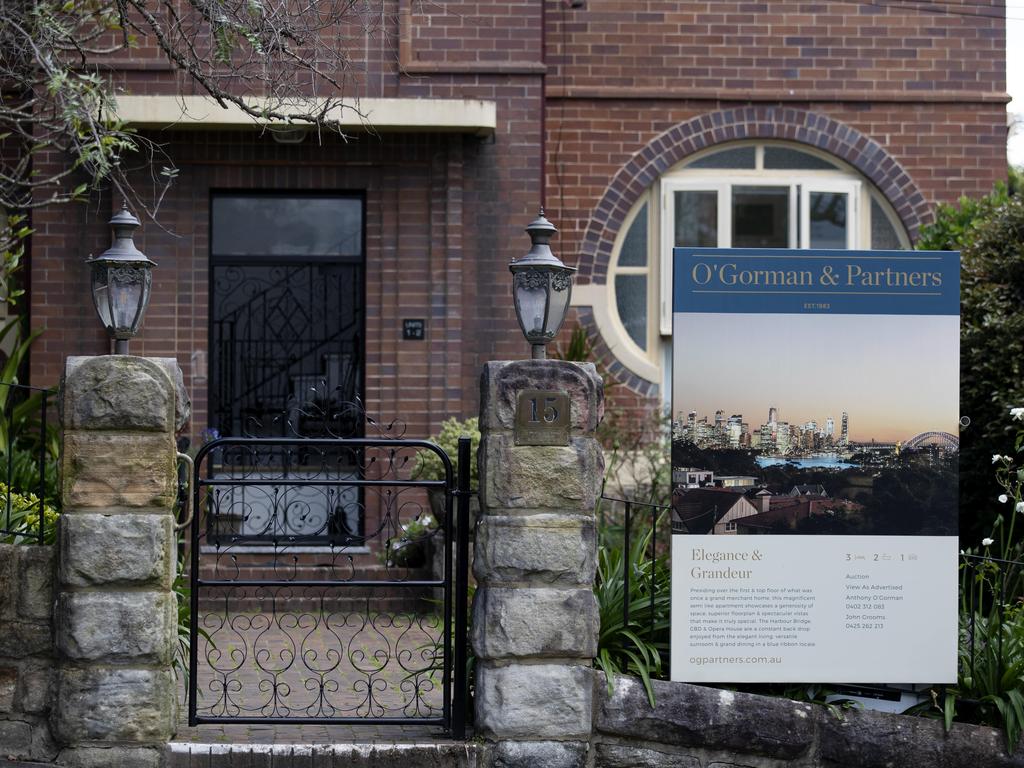First-time buyers squeezing Boomer parents for cash as house prices drop
As the Aussie property market erodes, Boomers are being forced to make a decision about their Millennial children.
As Australian housing prices became more unaffordable year after year, aspiring homeowners turned to all manner of strategies in their efforts to get their foot in the door. But despite a wide range of different approaches becoming popularised over recent years, there is a time-honoured form of assistance doing billions of dollars’ worth of the heavy lifting: The Bank of Mum and Dad.
According to data from research firm Digital Finance Analytics (DFA), the Bank of Mum and Dad is the 10th biggest mortgage lender in the nation, larger than even heavyweights like AMP Capital and HSBC.
DFA has been collecting data on the contribution made by the Bank of Mum and Dad for 12 years, providing a fascinating series of snapshots on how parents and guardians have risen from a negligible factor in the pursuit of homeownership to an absolutely instrumental one for many prospective buyers.
Standing on Mum and Dad’s shoulders
When DFA first started collecting this data at the beginning of 2010, only 3 per cent of first home buyers were seeking help from their parents and of those that did receive assistance, the average size of help was around $23,000.
According to the latest data, 45.8 per cent of first home buyers were seeking assistance from their parents to buy a property during the September quarter, with the average level of help coming in at over $107,000.
While this is a very large proportion of first home buyers to be receiving and a generous amount of assistance from their parents, its actually down significantly compared with where it was in the December quarter of 2021.
During that quarter, a record high 61.8 per cent of first home buyers sought an average of $118,923 in assistance from their parents.
To put this into perspective, in the last quarter not impacted by the pandemic, only 15 per cent of first home buyers were seeking assistance, at an average of a little over $75,000.
Mum And Dad can help, but only so much
As interest rates continue to rise and housing prices continue to fall, the conditions aren’t only impacting prospective first home buyers, but also their parents. Older Australians are facing difficulties of their own under these conditions, which are in many cases significantly impacting their ability to provide assistance to their children.
Where not too long ago many parents were sitting on a large pile of equity and a rapidly appreciating property, most are now facing falling levels of home equity and the prospect that far more could be eroded before the current property cycle finishes playing out.

While parents can provide their children with assistance to get into the market, borrowers who rely on their parents assistance are far more likely to find themselves financially stressed compared with those who managed to achieve home ownership on their own.
According to data from DFA, 28.6 per cent of first home buyers who didn’t get parental assistance were in financial stress, along with 52 per cent of those who used the Bank of Mum and Dad.
When it comes to the drivers of financial distress for these two groups, they can vary quite a bit. For those receiving parental assistance, the biggest source of stress is the cost of living (29 per cent), followed by interest rates (25 per cent) and a flat income (15 per cent). For those who did it on their own, the biggest source of stress was cost of living (22 per cent), underemployment (18 per cent) and interest rates (18 per cent).
Long vive the Bank Of Mum and Dad …?
After the previous peak of parental assistance in the September quarter of 2018, tightening lending standards resulting from the Banking and Financial Services Royal Commission and falling housing prices resulted in the proportion of first home buyers seeking assistance falling from 60 per cent down to 19 per cent in the March quarter of 2019.
Coupled with the relaxation of serviceability rules undertaken by banking regulator APRA and the RBA slashing interest rates, by the time the end of 2019 rolled around the proportion of home buyers seeking assistance had fallen to 15 per cent.
More Coverage
The big question now is, with housing prices falling and equity being eroded away, will the Bank of Mum and Dad return to its relative hibernation as a market force or will it become increasingly important as the borrowing power of prospective first home buyers continues to fall?
Predicting how an issue that is so personal and close to hearts of many will play out is difficult at best. But what is clear is that the decision for parents to assist their children is becoming a more challenging one, as parents attempt to balance their own needs and requirements in against their desire to give their adult children a leg up into the property market.
Tarric Brooker is a freelance journalist and social commentator | @AvidCommentator






